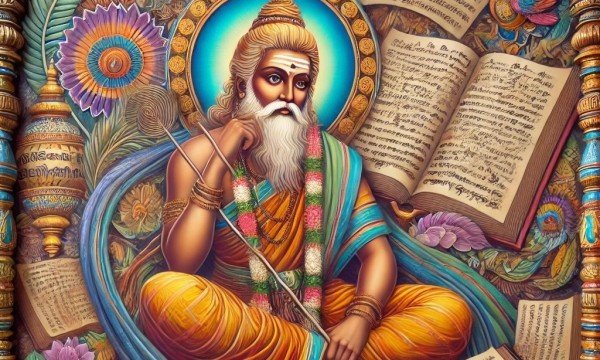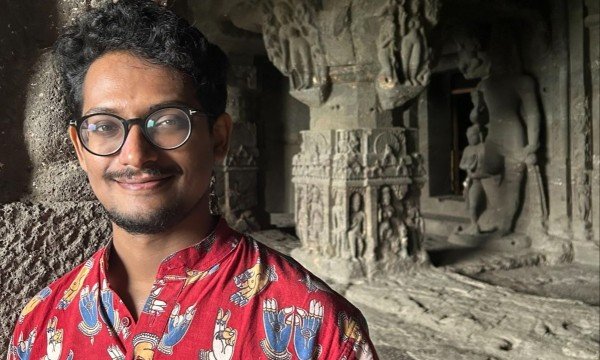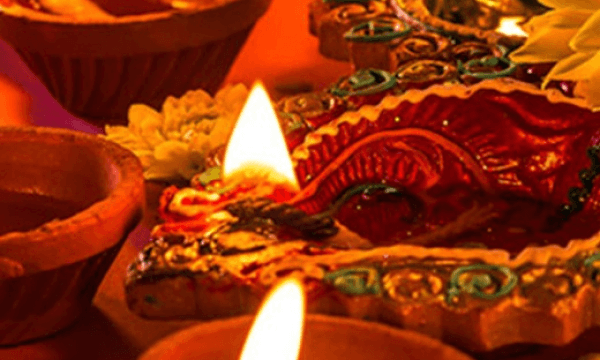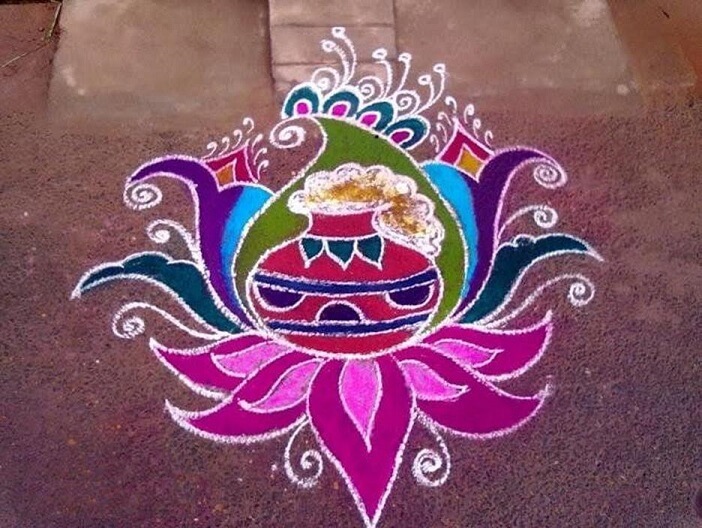
myTamilDate.com has been the most trusted dating community for single Tamils around the world for close to a decade! We’re the premiere dating site for diaspora Tamils and have the largest membership base in Canada, USA, UK & more.
Get to know our other success stories here.
____
The first thing I realized when I left India is the striking presence of Tamil diaspora and its remarkable diversity. The logical explanation for the existence of the diversity among the diaspora may be genetically linked. “Yaathum Vure Yaavarum Kelir” meaning “All are my kin and every conurbation is my town” is a testament to this sentiment.
Before going any further, let me first describe the Tamil diaspora and its diversity.
Tamil Diaspora
Diaspora literally means dispersed people from their homeland. There are two main homelands for the Tamil diaspora, namely India and Sri Lanka. The dispersion of Tamils to different parts of the globe is mainly due to political upheaval in the mainland.
Tamil migration happened from time immemorial to medieval times, which is mostly unaccounted for. Documented Tamil migration begins from the medieval period. These travelers were mainly professionals, merchant guilds and soldiers.
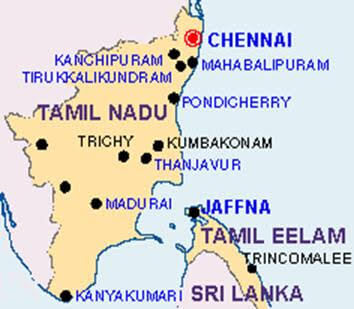
Some evidence is emerging now due to a Tamil renaissance taking place in Tamil Nadu, India. Many researchers are investigating global Tamil navigation and prehistoric settlement. Many towns around the globe have Tamil names. River and estuaries around the globe have Tamil cultural sedimentation and needs multifaceted integrated research as per Orissa Balu, an integrated ocean culture Tamil researcher.
During the colonial period, Tamil migration and dispersion was due to both civil service and indentured workers of European colonies. British colonial workers settled in Malaysia, Singapore, Myanmar, Mauritius, South Africa, Fiji, and Trinidad and Tobago. French colonial workers migrated to Réunion, the Caribbean islands of Martinique and Guadeloupe, French Guyana and Seychelles. Similarly Dutch colonial workers settled in Suriname and the island of Sumatra in Indonesia. These Tamils integrated and assimilated to their host countries.
The second wave of Tamil emigration took place during the religious political upheaval in Sri Lanka. The Tamils of Sri Lanka emigrated to many European countries, as well as to Canada and Australia.
The third wave of Tamil emigration, skilled professional migration, has largely taken place after the advent of the internet. These emigrants are mainly professionals.
The total number of the Tamil diaspora living outside of their mainland is estimated to be around 5,000,000. There is also a considerable number of Tamils living in the Arabian Peninsula, Oceania, Polynesia, Melanesia, Japan, China, Myanmar, Thailand, Indochina and Korea.
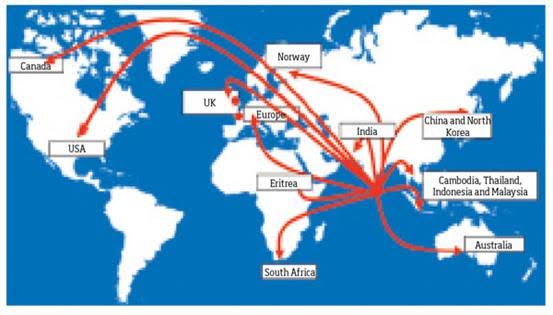
Diversity among the Tamil Diaspora
Within the Tamil diaspora, there exists a great deal of diversity. This is mainly due to religious affiliation, social status (caste), and the country of origin or place of ancestral settlement. Tamils practice a variety of religions namely Hinduism, Islam and Christianity. Despite the religious affiliation and caste differentiation, there is a never-ending passion for our language which binds us all despite our differences.
Apart from religious affiliation and caste differentiation, country of origin or place of ancestral settlement exerts certain cultural differences in our diversity.
Cultural, religious and caste differences are not a new thing in Tamil culture. It dates back thousands of years, but not in its current form. If you look at the number of religious and caste affiliations Tamils had, it goes beyond the Sangam era.
Tamils practiced Asivagam (where the continent of Asia got its name according to Dr. Pandian of Tamil Cinthanaiyaalar Peravai), Samanam, Boutham, Sivanium (worship of Siva), Maalium (worship of Thirumaal), Islam and Christianity during different ages of time under different kingships.
The citizens followed their king’s religious affiliation which was the norm during the Middle Ages. The kings respected all religious belief and were tolerant towards all. The caste practices were well-recorded in Sangam literature but not in its current form; it was recorded as an occupational specialist group.
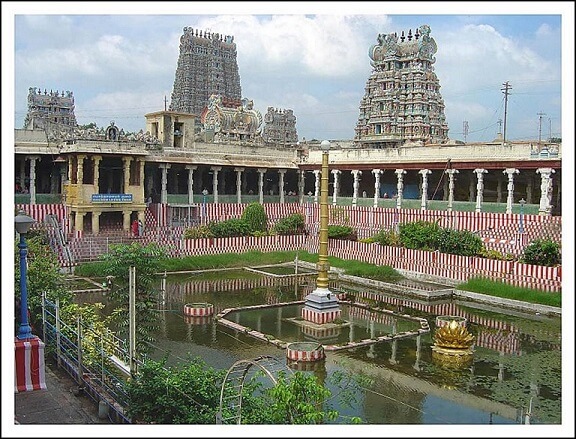
The Future
Despite our diversity, Tamils identify ourselves as a distinct unified linguistic ethnic group. This unique quality ingrained in our subconscious mind helps us to unite when challenged.
One example is the recent Jallikattu uproar which forced the Indian government to amend the constitution to accommodate the age-old Tamil tradition of the bull-taming sport. A united Tamil ethno-linguistic mindset will help to recover our glorious past which is virtue-based, embracing justice rendered to all life forms. Feeding the crows before a festive meal, decorating our houses with rice powder (kolam) to feed the ants, and celebrating mattu pongal to respect cattle are some examples of our virtue.
This unified mindset will help us gain global economic and educational advantages by networking with the diverse Tamil diaspora scattered around the globe. The key to the emergence of a successful Tamil diaspora is to acknowledge the diversity that exists among us and to cherish it.
Last but not least, let me conclude this article by saying, “Now is the time to unify the Tamil diaspora despite our diversity for a better tomorrow.”
- Dr. Prem Shanmugam
Related articles: A Personal Reflection of the Tamil Diaspora Frozen Values: Is the Tamil Diaspora Caught in a Time Warp? I am a Product of the Diaspora







